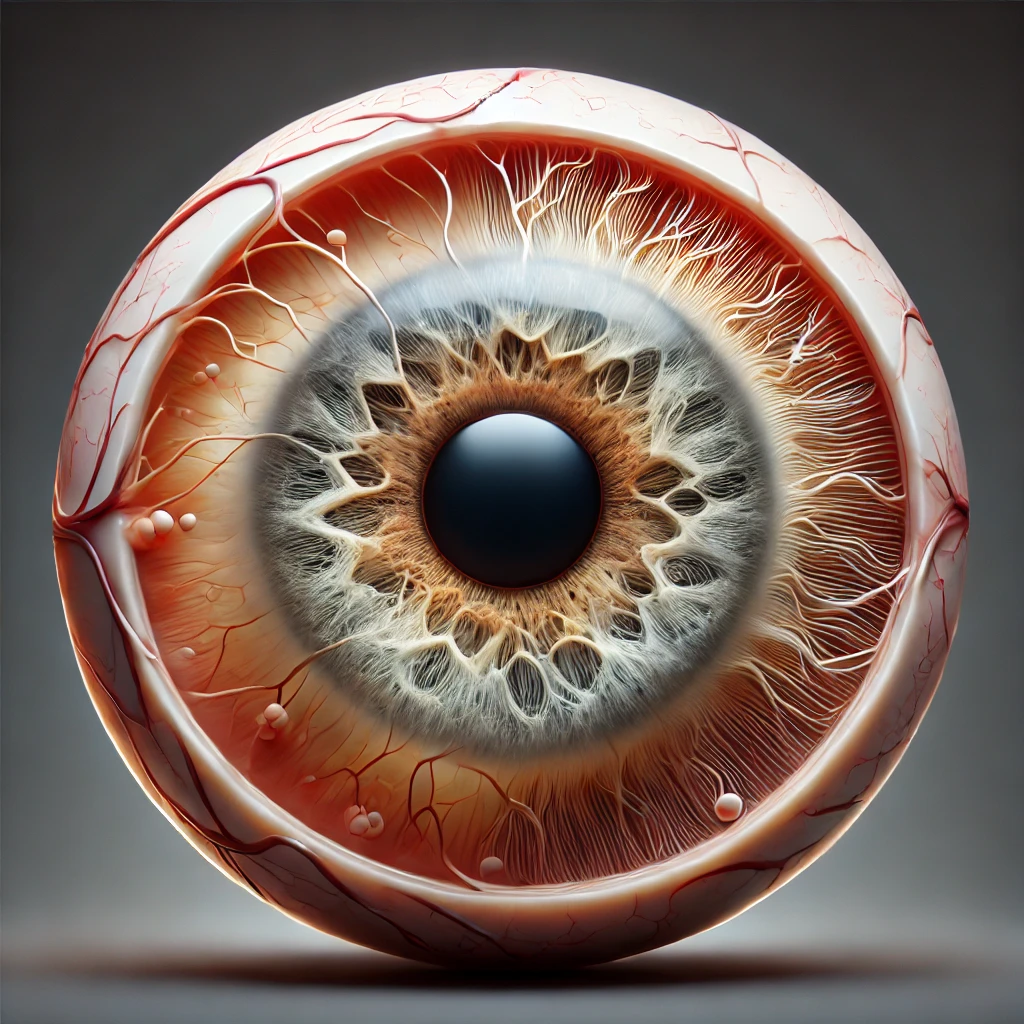
UVEA
What is the Uvea?
The human eye consists of three primary layers, with the Uvea being the middle layer. Although the term “Uvea” isn’t commonly mentioned, it plays a crucial role in maintaining clear vision. This section provides an overview of the Uvea and explores the various conditions that can impact its functionality.
Uvea-Related Eye Conditions
Uveitis is one of the most prevalent disorders affecting the Uvea. It is characterized by inflammation within the Uvea and can result from viral or bacterial infections. Additionally, Uveitis may develop as a secondary condition associated with other systemic illnesses such as rheumatoid arthritis, tuberculosis, or syphilis, a scenario known as Systemic Uveitis.
Other issues that can arise within the uveal tissue include uveal tumors, cysts, and trauma.
Recognizing Uveal Problems
How can you identify symptoms indicating a Uveal issue before seeking medical attention? Common signs include:
- Eye Pain: Persistent or severe discomfort in the eye.
- Light Sensitivity: Increased sensitivity to bright lights.
- Redness: Noticeable redness in the eye.
- Blurred Vision: Difficulty in maintaining clear vision.
- Floaters: The presence of spots or shadows moving in your field of vision.
If you experience any of these symptoms, it’s imperative to consult with an eye care professional promptly.
Did You Know?
Technically, the Uvea is not a single structure but comprises three distinct parts of the eye:
- Iris: Controls the size of the pupil and thus the amount of light entering the eye.
- Ciliary Body: Produces the eye’s aqueous humor and controls lens shape for focusing.
- Choroid: Provides oxygen and nutrients to the retina.
Together, these components make up the Uvea, which is the most pigmented part of the eye, second only to the macula on the retina. Unlike the Uvea and macula, other parts of the eye lack pigmentation.
Diagnosing Uveal Diseases: Understanding the Root Cause
When a Uveal disorder is suspected, our ophthalmologists at Sanjeevani Netralaya will conduct a comprehensive evaluation that may include:
- Visual Acuity Tests: Assessing the clarity of your vision.
- Intraocular Pressure Measurement: Checking for elevated eye pressure.
- Pupil Dilation: Allowing a thorough examination of the internal structures of the eye.
If Uveitis is confirmed, further diagnostic tests may be necessary to identify any underlying conditions. These can include:
- Medical History Review: Understanding any existing health issues that might contribute.
- X-Rays: Screening for tuberculosis or other infections.
- Blood Tests: Detecting autoimmune diseases or other systemic conditions.
These assessments help determine whether the Uveitis is isolated or part of a broader systemic issue.
FAQs
What is the Uvea in eye anatomy?
The Uvea is a vital layer of the eye composed of the iris, ciliary body, and choroid. It plays a key role in regulating the amount of light that enters the eye and provides essential nutrients to the retina.
What are the functions of the Uvea?
The Uvea controls pupil size and light entry through the iris, maintains lens shape for focusing via the ciliary body, and supplies blood to the retina through the choroid, ensuring optimal vision and eye health.
What conditions can affect the Uvea?
Various conditions can impact the Uvea, including Uveitis, uveal tumors, cysts, and trauma. These conditions can lead to symptoms like eye pain, redness, blurred vision, and light sensitivity.
How can I maintain the health of my Uvea?
Maintaining Uveal health involves regular eye examinations, protecting your eyes from injuries, managing systemic health conditions, and seeking prompt medical attention if you experience any concerning eye symptoms.

